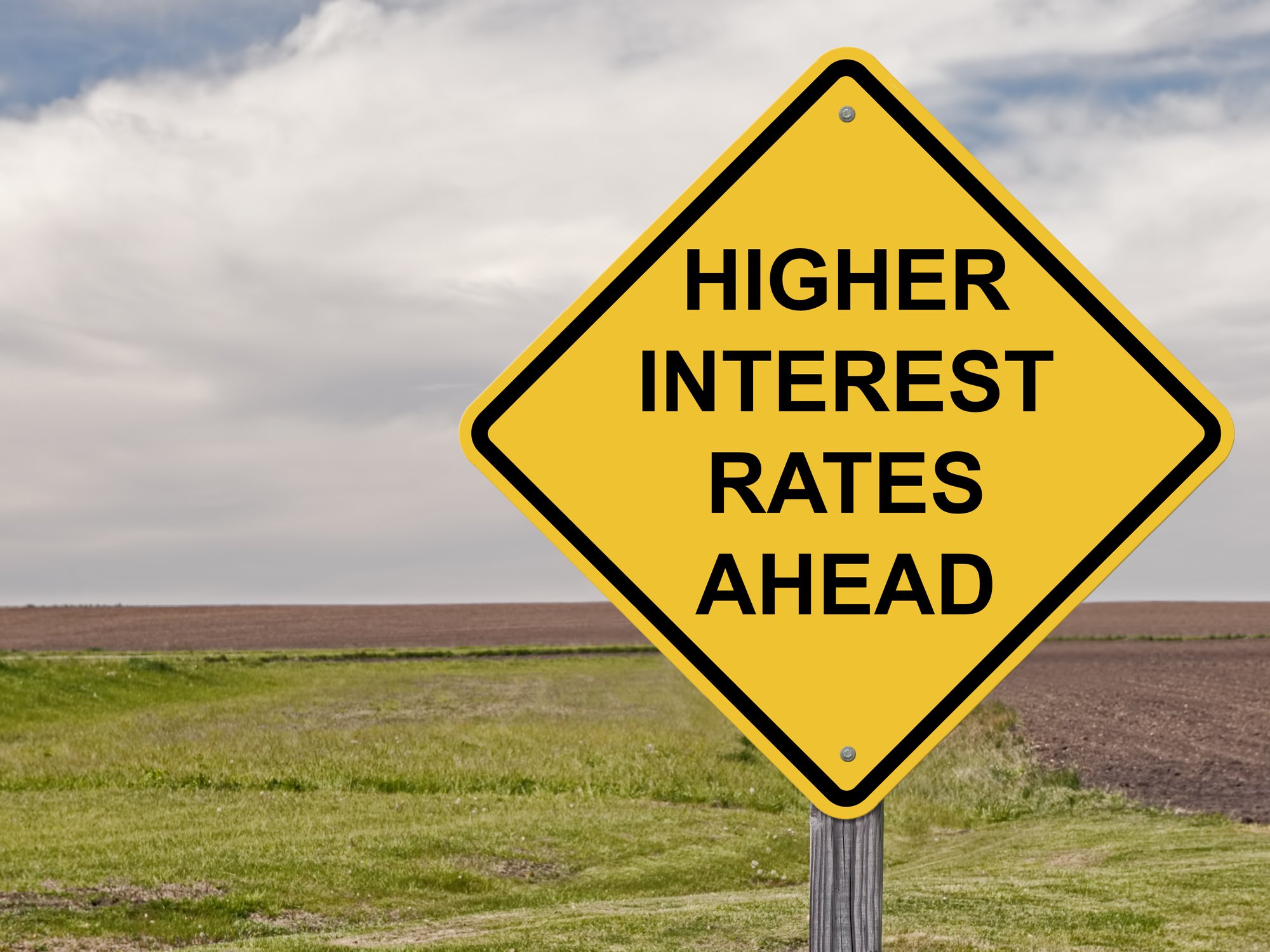Not unsurprisingly, the economic situation following the COVID-19 pandemic has been erratic. Every positive economic indicator seems to be paired and contradicted by another negative indicator. People have been discussing the possibility of a recession for some time now, but we still have yet to see one! Classical economists define a recession as two successive quarters with negative Gross Domestic Product (GDP) growth. And despite the downturns the US has still not yet hit a formal recession.
Rolling Recession, the Definition
Instead of qualifying our current economic situation as a recession, experts have been using the term “rolling recession.” The term means that instead of a widespread decline in economic activity affecting the entire country, certain industries or regions experience a downturn while others continue to grow. [2]
To illustrate, if California’s tech and housing industries experience a slump while Pennsylvania’s shale and energy sector sees a rise, then the two downturns and the upswing might cancel out when looking at the whole economy – this is a rolling recession. This is also why its so hard to get a beat on which direction the economy at large is heading. Every seemingly good piece of news is blemished by a piece of bad news.
Currently, certain economic indicators look strong: Inflation figures for February came in at expectations after several months of surprises to the upside and GDP continues to rise. [3] But other areas have slowed down or are seeing downturns. Oil prices have fallen sharply, and housing has never been less affordable. Manufacturing is reporting slow downs. Mortgage application submissions are at a three decade low. [6] This is why many experts are calling our current situation a rolling recession.
Rolling Recession, What it Means for You
All things in moderation. It’s important to keep a cool head in times like these (or any difficult market environment, for that matter). Markets tend to be especially volatile during rolling recessions, where fast rallies upwards can be followed by sharp declines downwards. It’s sensible to exercise restraint in these markets and to stick to your investment plan. Avoid knee-jerk reactions and panic selling on those sharp declines – they tend to be the best buying opportunities in hindsight.[5]
Understanding the connection between a rolling recession and your investing and saving plan can be key to the financial health of your retirement. If you have questions about how the current state of the economy will affect your retirement, please reach out to us for a complimentary review of your finances.
[2-5] https://www.cnbc.com/2023/01/27/what-is-a-rolling-recession-and-are-we-in-one-experts-explain.html
[6] https://www.nbcnews.com/business/real-estate/mortgage-demand-homebuyers-drops-lowest-levels-nearly-three-decades-rcna72846












